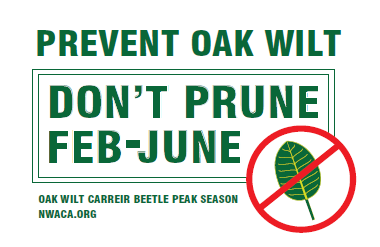The report completed by the Austin Fire Department and Texas Forest Service, which provides the baseline wildfire assessment for the NWACA area. This can be used as a reference for any smaller portion of NWACA when putting together their Firewise Community applications and their CWPP (Community Wildfire Protection Plan).
A NWACA Map for WUI Response Index
This map shows an overall wildfire risk index for the NWACA area. The index values are color coded, as shown on the map legend. They are a composite of three components of fire behavior in the wildland urban interface (WUI):
- vegetation hazard, based on density
- slope
- structure density of the area
As you can see from the temperature bar at the bottom of the map, about half of our neighborhood is at extreme or high risk in a wildfire event.
A NWACA Map of Conflagration Risk
This map shows each of the residences in NWACA, color-coded for their risk in a fire situation, based on proximity to other residences. The risk might be from a wildfire or from a nearby house fire. See the legend at the bottom of the map.
In addition, the map has circled the primary evacuation points for this part of Austin - see the red circles. In case exit is not viable, there are temporary evacuation zones where residents might be able to shelter in place, shown with white stars - the area around Murchison Middle School and the Dell Jewish Community Center.
 Until July, sap beetles are attracted to fresh tree wounds and can transmit the oak wilt fungus to a healthy oak tree during pruning. The heat of July-August is believed to suppress the beetles and reduce the risk of infection. Note that all trees are under the normal stress of summer, depending on soil moisture, and some are still in their growing season then. So if you haven’t completed pruning of oaks by now, it’s best to wait until fall.
Until July, sap beetles are attracted to fresh tree wounds and can transmit the oak wilt fungus to a healthy oak tree during pruning. The heat of July-August is believed to suppress the beetles and reduce the risk of infection. Note that all trees are under the normal stress of summer, depending on soil moisture, and some are still in their growing season then. So if you haven’t completed pruning of oaks by now, it’s best to wait until fall.